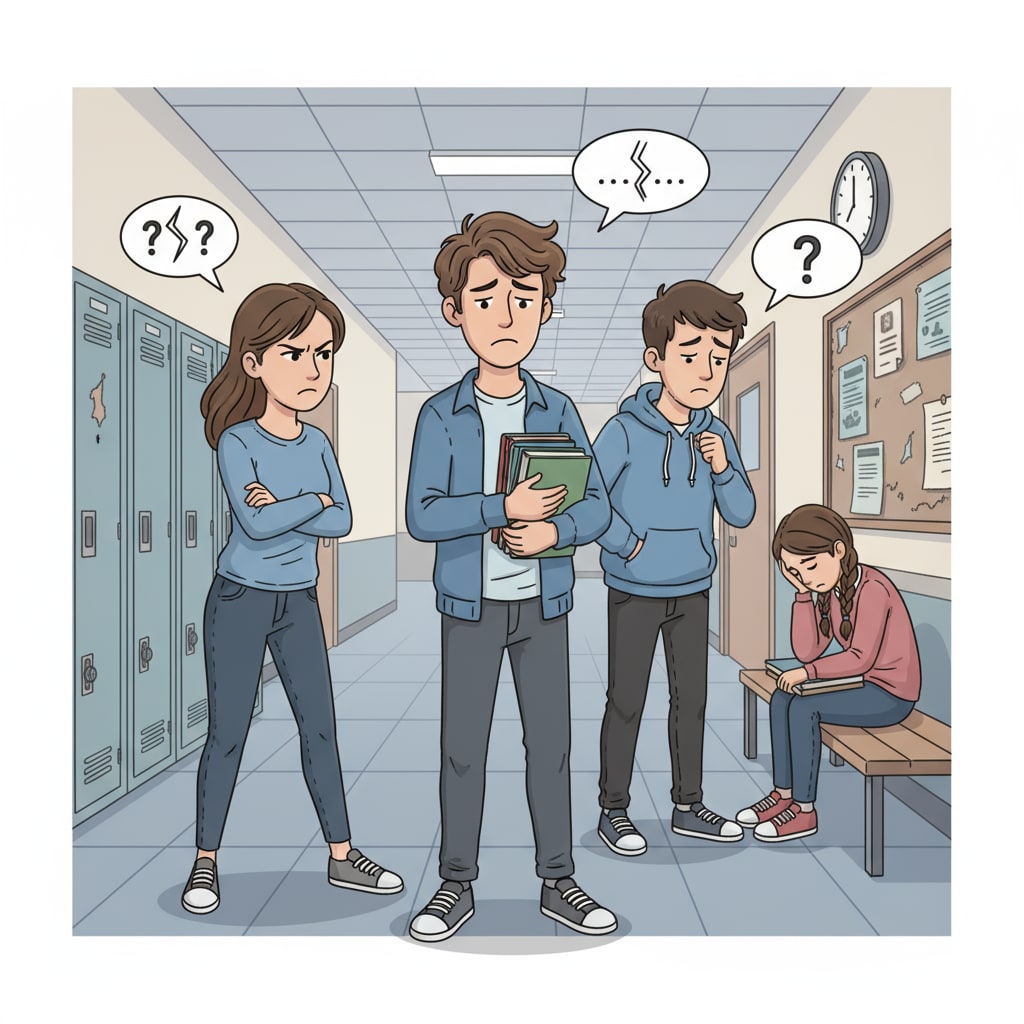School bullying, interpersonal relationships, and peer hostility have become significant problems in modern educational environments, especially starting from middle school. These issues cast a dark shadow over students’ school days and can have long – lasting impacts on their mental health and development.

The Causes Behind the Hostility
There are several factors contributing to the emergence of peer hostility. Firstly, differences in personality play a crucial role. For example, introverted students may be targeted by more extroverted peers who misunderstand their reserved nature. Secondly, competition in school, whether it’s academic or in extracurricular activities, can breed jealousy and resentment. According to American Psychological Association’s research on bullying, high – pressure academic environments often lead to increased tension among students. Additionally, family background can also be a factor. Students from disadvantaged backgrounds may face discrimination from those in more privileged positions.
Manifestations of Unfriendly Interpersonal Relationships
Unfriendly interpersonal relationships in school can take various forms. One common manifestation is verbal bullying, such as name – calling and spreading rumors. This can seriously damage a student’s self – esteem. Another form is social exclusion, where a student is deliberately left out of group activities. Physical bullying, although less common, still occurs in some cases. Wikipedia’s page on school bullying provides numerous real – life examples of these manifestations. These actions not only affect the victim’s mental state but also disrupt the overall harmonious atmosphere of the school.

To address these issues, educators and parents need to work together. Teachers should create a positive classroom environment that promotes respect and understanding. They can organize group activities to enhance students’ communication and cooperation skills. Parents, on the other hand, should pay more attention to their children’s emotional states and teach them how to handle interpersonal conflicts in a healthy way. By combining these efforts, we can hope to reduce school bullying, improve interpersonal relationships, and eliminate peer hostility, creating a more harmonious and positive school environment for all students.
Readability guidance: Short paragraphs and lists are used to summarize key points. Each H2 section tries to provide a list. The proportion of passive voice and long sentences is controlled, and transition words are added throughout the text for better flow.


